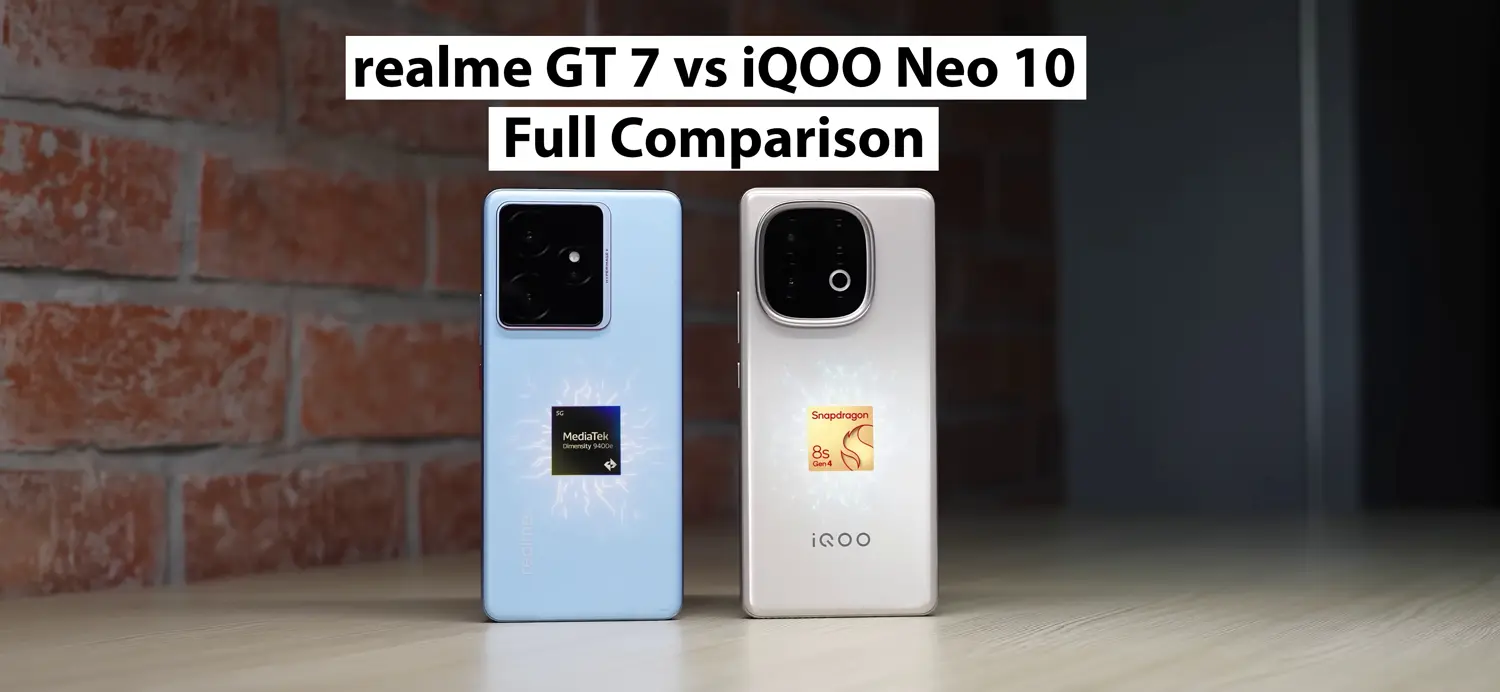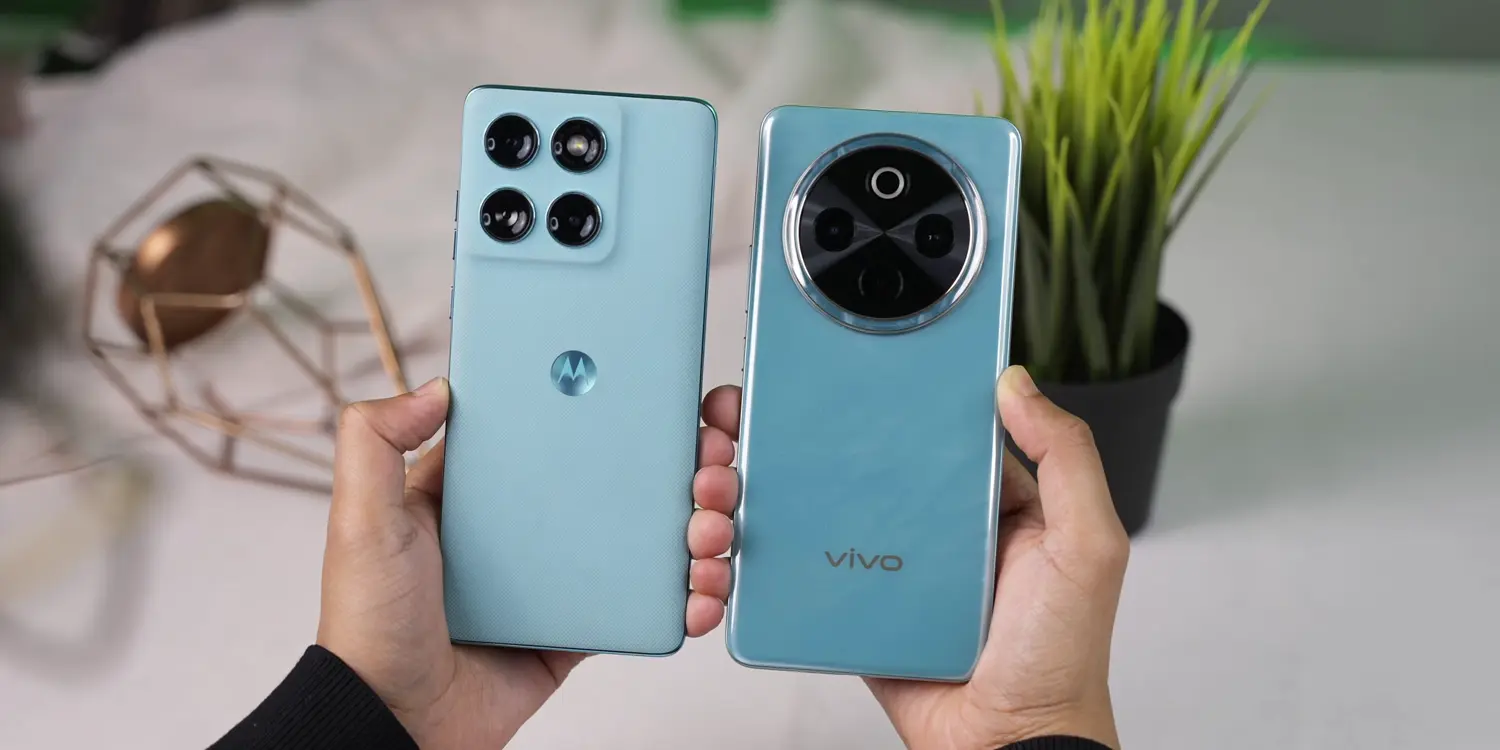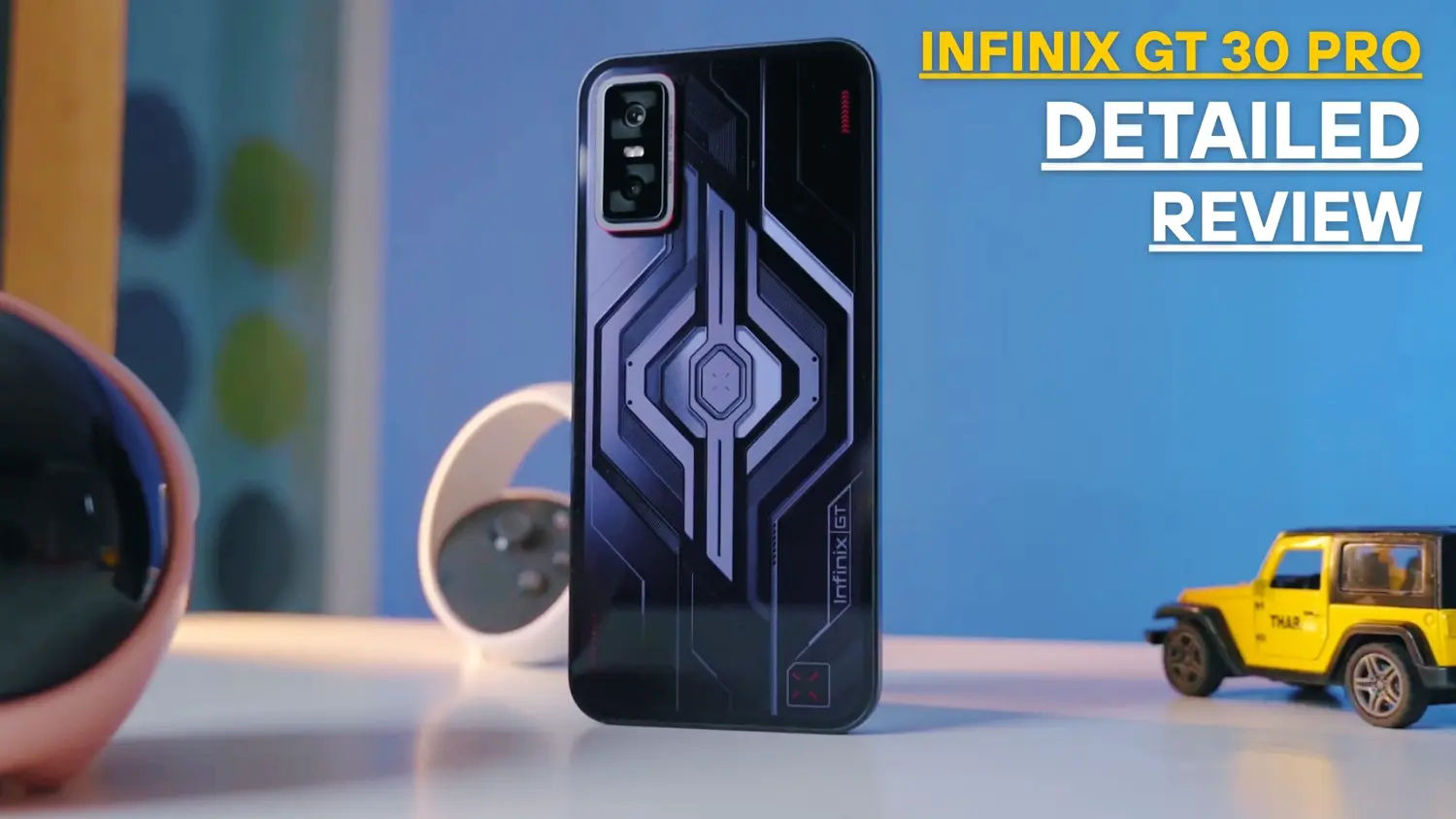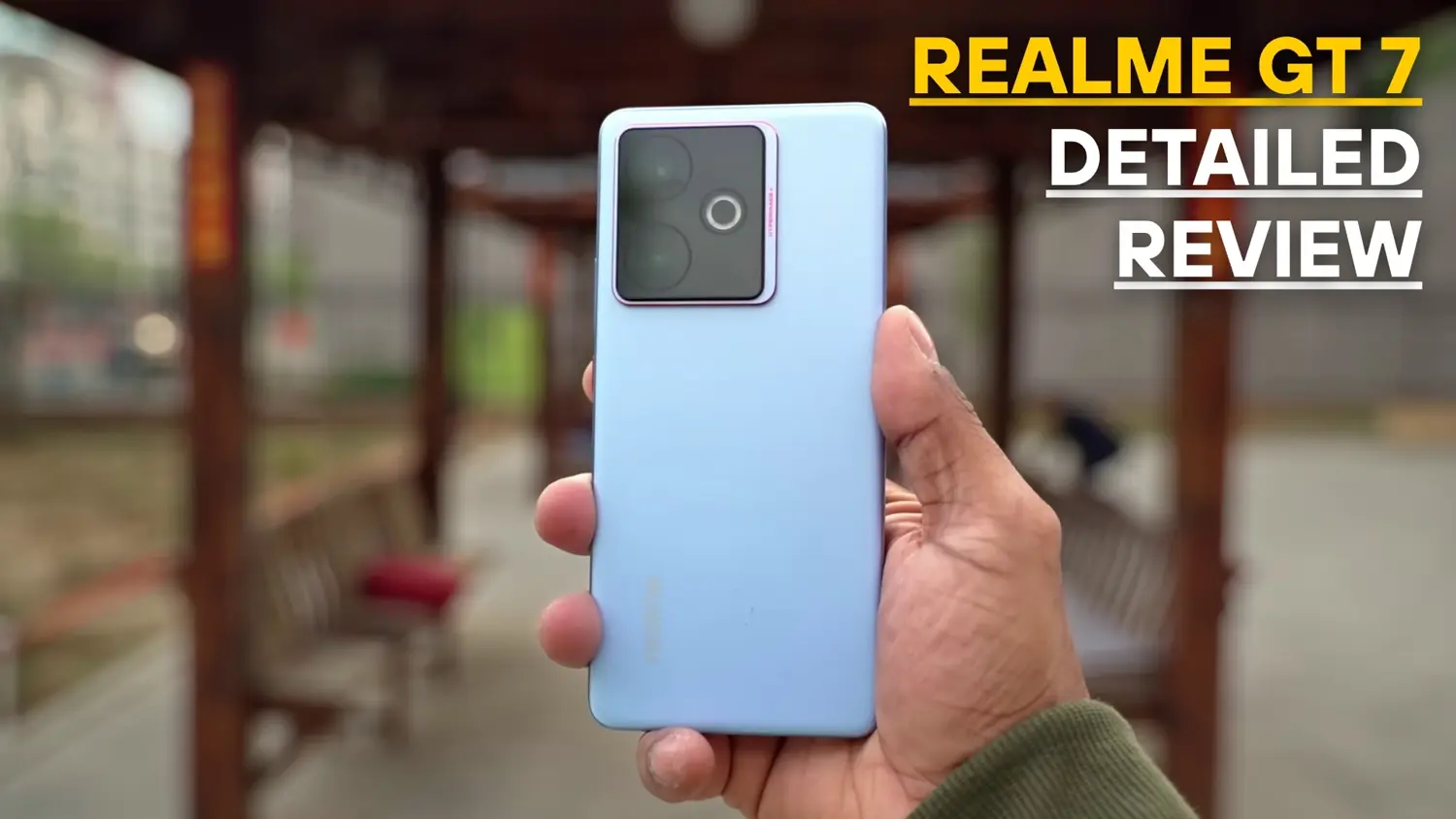Google’s Pixel A-series has always been a favorite for those who want a great smartphone without spending too much. The Pixel 7a, launched in 2023, was loved for its camera, performance, and value for money. Now, in 2025, the Pixel 9a is here with some exciting upgrades. But if you already own a Pixel 7a, is it worth upgrading to the Pixel 9a? Or should you wait for the Pixel 10a? In this article, we’ll compare the Pixel 7a and Pixel 9a in detail, covering design, display, performance, battery, camera, and software. We’ll also help you decide whether upgrading is the right choice or if waiting makes more sense. Let’s dive in!
Design and Build: A Fresh Look for the Pixel 9a
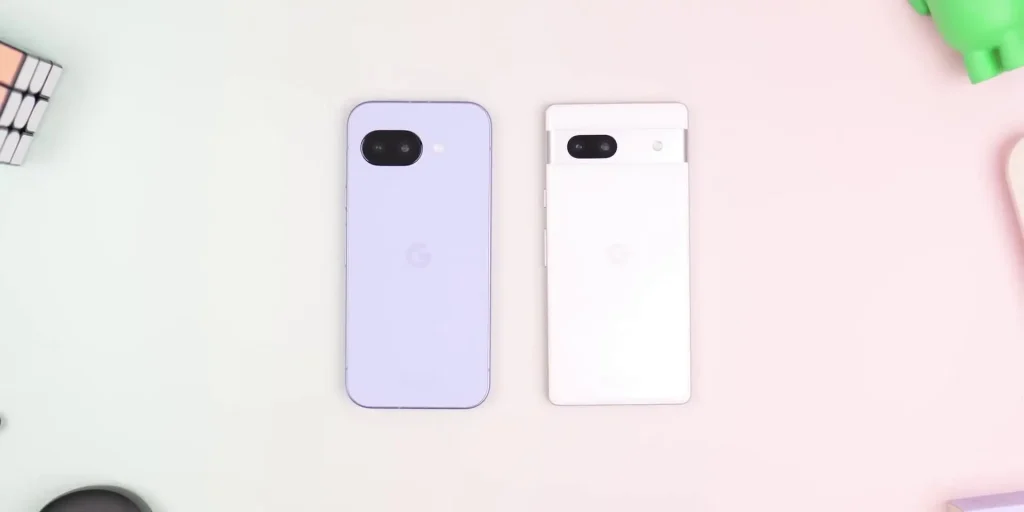
The first thing you’ll notice when comparing the Pixel 7a and Pixel 9a is the design. Google has given the Pixel 9a a modern, angular look that matches the flagship Pixel 9 series. Gone are the soft, rounded edges of the Pixel 7a. The Pixel 9a has flat sides and a flat back, making it look sleek and premium. Some might find this new design less comfortable to hold compared to the Pixel 7a’s curvier body, which feels nice in the hand.
The Pixel 9a also ditches the iconic camera bar that stretched across the back of the Pixel 7a. Instead, it has a small, pill-shaped camera module that sits almost flush with the back. This makes the phone look cleaner and helps it sit flat on a table. However, some users might miss the distinctive Pixel look that the camera bar gave.
In terms of build, both phones use an aluminum frame and a plastic back. The Pixel 9a has a matte finish, which is better at resisting fingerprints compared to the glossy back of the Pixel 7a. Another big upgrade is the IP68 rating on the Pixel 9a, which offers better water and dust resistance than the Pixel 7a’s IP67 rating. This means the Pixel 9a can handle being submerged in deeper water for longer, giving you more peace of mind.
The Pixel 9a is slightly taller and wider but lighter than the Pixel 7a. It measures 154.7 x 73.3 x 8.9 mm and weighs 185.9 grams, while the Pixel 7a is 152 x 72.9 x 9 mm and 193.5 grams. The size increase allows for a bigger screen, but it might feel a bit less compact for those who prefer smaller phones.
Display: Bigger and Brighter on the Pixel 9a

The display is one area where the Pixel 9a clearly outshines the Pixel 7a. The Pixel 9a comes with a 6.3-inch pOLED display, slightly larger than the 6.1-inch OLED display on the Pixel 7a. Both have Full HD+ resolution (2400 x 1080), so the pixel density is similar, but the Pixel 9a’s screen is noticeably better in other ways.
The Pixel 9a supports a 120Hz refresh rate, making scrolling and animations smoother compared to the Pixel 7a’s 90Hz refresh rate. The biggest difference, though, is brightness. The Pixel 9a can hit a peak brightness of 2,700 nits, which is a huge jump from the Pixel 7a’s 1,000 nits. This makes the Pixel 9a much easier to use in bright sunlight, whether you’re watching videos or reading messages.
However, the Pixel 9a has slightly thicker bezels around the screen, which might bother some users. Both phones use Gorilla Glass 3 for protection, which is a bit outdated in 2025, but it’s still decent for mid-range phones. Overall, the Pixel 9a’s display is a significant upgrade, especially for those who value brightness and smoothness.
Performance: Tensor G4 Brings Better Efficiency
When it comes to performance, the Google Pixel 9a has a clear edge thanks to its Google Tensor G4 chip. The Pixel 7a, on the other hand, uses the older Tensor G2 chip. While the Tensor G4 isn’t a massive leap in raw power, it’s more efficient and runs cooler than the Tensor G2, which was known to heat up during intensive tasks like gaming or video recording.
Both phones come with 8GB of RAM and storage options of 128GB or 256GB (UFS 3.1). This means multitasking and app performance will feel similar for everyday use. However, the Pixel 9a has a vapor chamber for better thermal management, which helps maintain performance during long gaming sessions or heavy tasks. If you play games like PUBG or Genshin Impact, the Pixel 9a will handle them better without getting too hot.
The Pixel 9a also benefits from improved connectivity. While both phones use the Exynos 5300 modem, Google seems to have optimized it better on the Pixel 9a, resulting in more reliable Wi-Fi and mobile data connections. For most users, though, the day-to-day experience will feel quite similar unless you push the phone with demanding apps.
Battery Life: Pixel 9a’s Big Win
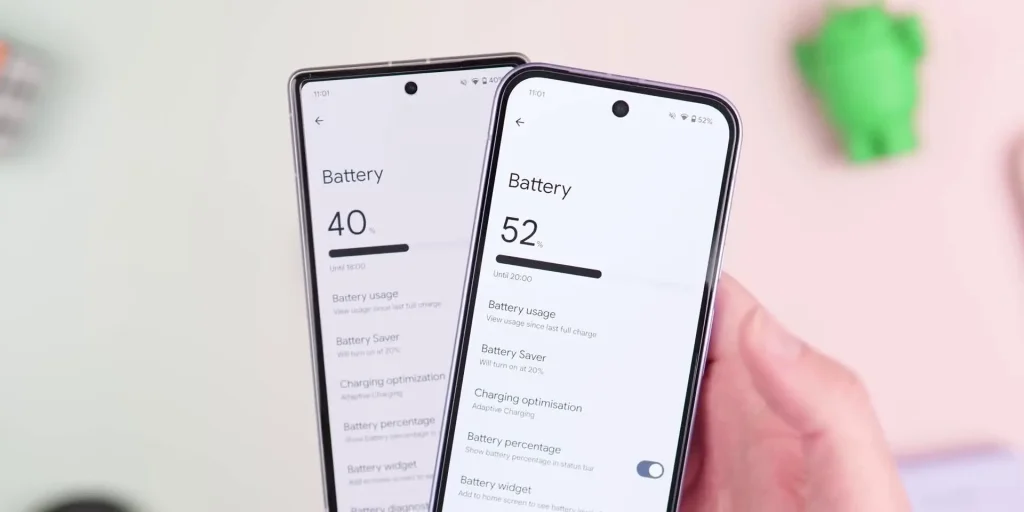
Battery life is one of the biggest reasons to consider upgrading to the Pixel 9a. The Pixel 7a has a 4,385mAh battery, which was decent but often struggled to last a full day for heavy users. The Pixel 9a, however, packs a massive 5,100mAh battery—the largest ever in a Pixel phone. Google claims the Pixel 9a can last over 30 hours on a single charge, compared to the Pixel 7a’s 24-hour estimate.
In real-world use, the Pixel 9a’s larger battery, combined with the more efficient Tensor G4 chip, means you can easily get through a day of heavy use (social media, gaming, streaming) and still have some charge left. The Pixel 7a often needed a top-up by evening for similar usage.
Charging speeds have also improved. The Pixel 9a supports 23W wired charging, faster than the Pixel 7a’s 18W. However, wireless charging remains at 7.5W for both phones, which is slow compared to competitors. Neither phone includes a charger in the box, so you’ll need to buy one separately. If battery life is a priority, the Pixel 9a is a clear winner.
Camera: Subtle Upgrades on the Pixel 9a

Google’s Pixel phones are known for their excellent cameras, and both the Pixel 7a and Pixel 9a deliver great photos for their price. However, there are some differences to consider.
The Pixel 7a has a 64MP main sensor (f/1.9, Sony IMX787), a 13MP ultrawide (f/2.2), and a 13MP selfie camera (f/2.2). The Pixel 9a, surprisingly, uses a smaller 48MP main sensor (f/1.7, 1/2.0-inch) but keeps the same 13MP ultrawide and 13MP selfie cameras. On paper, the Pixel 7a’s higher megapixel count might seem better, but the Pixel 9a’s main sensor has a wider aperture and improved image processing thanks to the Tensor G4 chip. This results in sharper images, better low-light performance, and more vibrant colors.

The Pixel 9a also adds some new software features. It has Macro Focus, which lets you take close-up shots of small objects like flowers or insects. This is a first for the Pixel A-series and works automatically when you get close to a subject. Another feature is “Add Me,” which uses AI to combine two group photos so everyone can be included. These are nice additions, but they’re not game-changers.
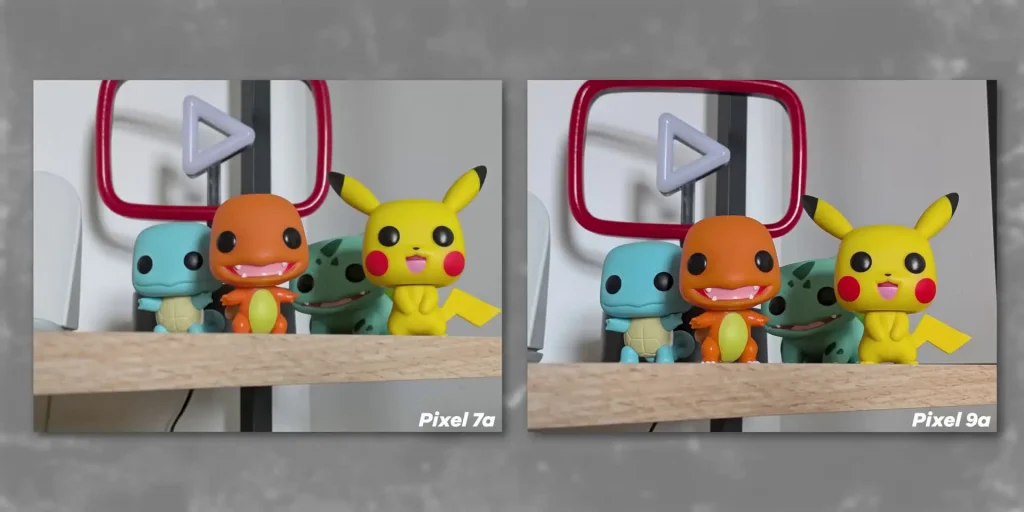
Both phones offer similar AI-powered editing tools like Magic Eraser (for removing unwanted objects) and Best Take (for picking the best faces in group shots). The Pixel 7a’s camera is still excellent and holds up well in 2025, but the Pixel 9a has a slight edge in image quality and extra features. If photography is your main focus, both phones are great, but the Pixel 9a is a bit better.
Software: Longer Support for the Pixel 9a
Software is another area where the Pixel 9a stands out. The Pixel 9a ships with Android 15 and is promised seven years of OS and security updates, meaning it will be supported until 2032. The Pixel 7a launched with Android 13 but has been updated to Android 15 and will get updates until 2028, thanks to Google extending its support from three to five years.
The Pixel 9a also includes more AI features powered by Gemini Nano XXS, a lightweight version of Google’s on-device AI model. These include tools like Circle to Search, Pixel Studio, and Gemini Live (with a subscription). Some of these features, like Gemini Live, are also available on the Pixel 7a, but the Pixel 9a will likely get more AI updates in the future due to its newer hardware.
For most users, the core Android experience will feel similar on both phones. Both get day-one updates and Pixel-exclusive features like Now Playing. However, the Pixel 9a’s longer update commitment makes it more future-proof, especially if you plan to keep your phone for several years.
Specification Comparison Table
| Feature | Pixel 9a | Pixel 7a |
|---|---|---|
| Display | 6.3-inch pOLED, 120Hz, 2,700 nits | 6.1-inch OLED, 90Hz, 1,000 nits |
| Resolution | 2424 x 1080 (Full HD+) | 2400 x 1080 (Full HD+) |
| Processor | Google Tensor G4 | Google Tensor G2 |
| RAM | 8GB | 8GB (LPDDR5) |
| Storage | 128GB/256GB (UFS 3.1) | 128GB (UFS 3.1) |
| Main Camera | 48MP (f/1.7, OIS) | 64MP (f/1.9, OIS, Sony IMX787) |
| Ultrawide Camera | 13MP (f/2.2, 120° FoV) | 13MP (f/2.2, 120° FoV) |
| Selfie Camera | 13MP (f/2.2) | 13MP (f/2.2) |
| Battery | 5,100mAh | 4,385mAh |
| Charging | 23W wired, 7.5W wireless | 18W wired, 7.5W wireless |
| Dimensions | 154.7 x 73.3 x 8.9 mm | 152 x 72.9 x 9 mm |
| Weight | 185.9 grams | 193.5 grams |
| IP Rating | IP68 | IP67 |
| OS | Android 15 (7 years of updates) | Android 15 (updates until 2028) |
| Price | $499 (128GB), $599 (256GB) | $449 (at launch, now ~$320) |
Should You Upgrade to the Pixel 9a?
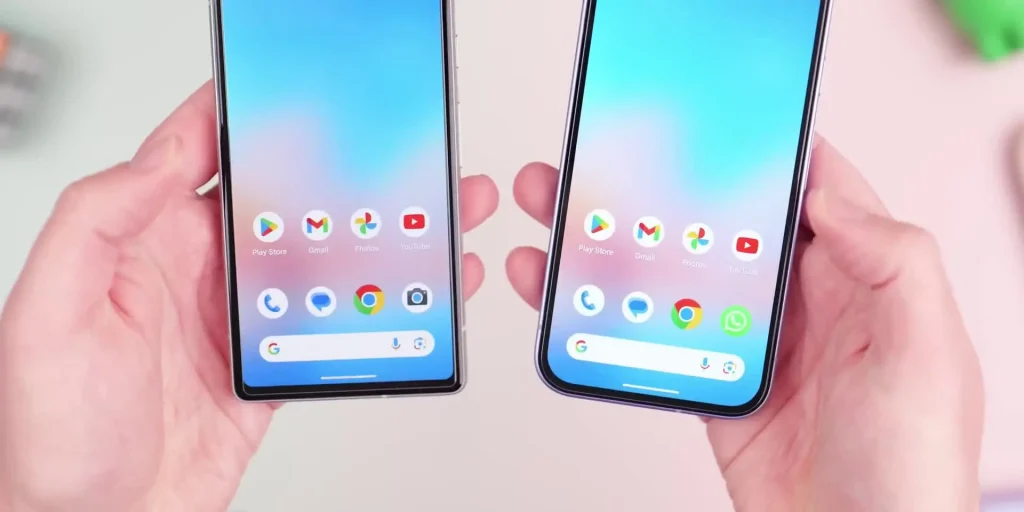
Now, let’s address the big question: Is the Pixel 9a worth upgrading to if you already have a Pixel 7a? The answer depends on your needs and priorities.
Reasons to Upgrade
- Better Battery Life: The Pixel 9a’s 5,100mAh battery is a game-changer, especially if you often find your Pixel 7a running low on charge by the end of the day. The faster 23W charging is also a nice bonus.
- Improved Display: The 6.3-inch, 120Hz, 2,700-nit display on the Pixel 9a is brighter and smoother, making it better for outdoor use and media consumption.
- Longer Software Support: With seven years of updates, the Pixel 9a will stay relevant until 2032, compared to the Pixel 7a’s support ending in 2028.
- Better Performance and Cooling: The Tensor G4 chip and vapor chamber make the Pixel 9a more efficient and better suited for gaming or heavy tasks.
- New Camera Features: Macro Focus and Add Me are useful additions, and the Pixel 9a’s main sensor delivers slightly better image quality.
Reasons to Stick with the Pixel 7a
- Still a Great Phone: The Pixel 7a is still fast, takes excellent photos, and runs Android 15 smoothly. It’s not outdated by any means.
- Good Software Support: With updates until 2028, the Pixel 7a has three more years of support, which is enough for most users.
- Cheaper Option: The Pixel 7a is now available for around $320 at retailers like Amazon or Walmart, making it a great value compared to the Pixel 9a’s $499 price tag.
- Similar Core Experience: For everyday tasks like browsing, messaging, and calling, the Pixel 7a performs almost as well as the Pixel 9a.
Should You Wait for the Pixel 10a?
The Pixel 10a is likely to launch in early 2026, possibly with a new Tensor G5 chip, better cameras, and more AI features. However, Google’s A-series phones don’t always see massive upgrades year-over-year. The Pixel 10a might bring incremental improvements, but it could also cost more than the Pixel 9a’s $499 price. If your Pixel 7a is still working well, waiting for the Pixel 10a could make sense, especially if you want the latest tech. But if you need a phone now, the Pixel 9a is a solid choice that won’t disappoint.
Who Should Buy the Pixel 9a?
If you’re coming from an older Pixel phone (like the Pixel 6a or 5a) or another budget Android device, the Pixel 9a is a fantastic option. It offers flagship-level features like a great camera, long software support, and excellent battery life at a reasonable $499 price. It’s also a good choice for iPhone users looking to switch to Android without spending too much.
For Pixel 7a owners, the decision is tougher. If battery life, display quality, or software longevity are major concerns, the Pixel 9a is worth the upgrade. But if your Pixel 7a is still meeting your needs, you can probably wait another year or two, especially since it will get updates until 2028.
Final Thoughts
The Google Pixel 9a is a significant upgrade over the Pixel 7a in almost every way—design, display, battery, performance, and software support. It’s one of the best mid-range phones you can buy in 2025, offering great value for $499. However, the Pixel 7a is still a capable device that holds up well for most users, especially at its current discounted price.
If you’re happy with your Pixel 7a and don’t mind its battery life or display limitations, there’s no rush to upgrade. But if you want a phone that feels more modern and future-proof, the Pixel 9a is a worthy investment. Waiting for the Pixel 10a could bring even better features, but it’s a gamble that depends on your patience and budget.
What do you think? Are you planning to upgrade to the Pixel 9a, or are you sticking with your Pixel 7a? Let us know in the comments!


